Content:
Growing flowers is a pleasant and painstaking process that for some people develops into a hobby. Pink Rambler pelargonium is suitable for growing both professional flower growers and beginners.
Pink Rambler cultivar creation stories
Pelargonium Pink Rambler is a member of the Pelargonium x hortorum family. This plant was first bred in France in the 19th century. She appeared in Russia at the same time. This variety was bred by random crossing, which resulted in a mutation. Florists in England immediately fell in love with the new variety and began to make unusual bouquets and boutonnieres from the buds.
Features of the variety
Pelargonium Pink Rambler is a currently known geranium variety. The buds of the plant have a rare two-tone color, and their appearance resembles rose inflorescences. The bush reaches a height of 50-60 cm.
Pelargonium leaves have a specific smell; essential oil (geranium) is extracted from them.
You can grow geraniums of this variety both at home and in the garden. In the latter case, she gives out the buds before the beginning of the cool autumn evenings. Pelargonium is able to withstand temperatures not lower than +12 degrees. Therefore, you need to monitor the temperature regime.
Flowering period
Inflorescences in geraniums, which have a multi-colored color, appear a little later than in other species. The flowering period depends on proper care, watering and fertilization. Most often, the plant blooms from spring to early autumn. One bush can produce more than 20 beautiful flowers per season. The inner part of the buds is pink or red. The outer part of the petals is white.
Pollination
Pelargonium Pink Rambler is pollinated both independently and with the help of insects. For quick seed production, artificial pollination can be carried out. Process description:
- choose from blooming buds male and female;
- collect pollen from the father's flower;
- remove maternal stamens, tweezers can be used for this;
- let the plant stand in this form overnight;
- the next day, take a fluffy brush and apply pollen to the pistils that have hatched overnight.
Growing features
When growing, you must follow agrotechnical rules. These include: proper planting, aftercare and reproduction.
Landing rules
In order for the plant to quickly take root, it is best to purchase a ready-grown seedling. It should not be planted in too light soil. Geranium loves loose, not too nutrient-rich soil. Planting - sparsely, 1 sq. m, 10 small seedlings are enough.
To prevent the plant from freezing, it is best to plant it in early June.
Pink Rambler pelargonium loves sunlight, so it should not be planted near tall plants. The first 7 days, the seedling needs to be watered abundantly so that the roots begin to grow actively.
Care rules
After rooting, pelargonium is watered no more than three times a week. Watering too often can harm the plant.Those inflorescences that have already bloomed are cut off so that the plant directs all its forces to new buds. You need to feed the plant only on warm days, when the mark on the thermometer will not drop below +14 degrees. For the winter period, geraniums are given a rest: they reduce watering and remove it in a dark place without fertilizing.
Reproduction
Pelargonium rosebud propagates by cuttings. Pruning is done mainly in the spring. After all, it is in the summer that pelargoniums take root well.
Scheme:
- The 7 cm stem should be cut at a slight slope.
- Remove all leaves and buds, leave only a few buds (4-5 pcs.).
- Dry the cuttings in the fresh air.
- Place the cutting directly into well-draining ground or water. The soil must first be disinfected.
- The germination temperature should be at least +20 degrees.
In addition to cuttings, pelargoniums are propagated using seeds. They are best sown in spring. To make the process easy, experienced florists recommend using tableted peat. When planting in open ground, the plant must be shaded so that young leaves do not get sunburn.
Advantages and disadvantages of the variety
Pelargonium Pink Rambler has both disadvantages and advantages that were highlighted by flower growers.
Benefits:
- graceful appearance;
- unpretentious in care;
- pollinated in several ways;
- easy reproduction;
- varied use of flowers.
Disadvantages:
- the smell from the leaves, which not everyone likes;
- low frost resistance.
This plant does not have many drawbacks, so even inexperienced growers can grow it. With proper care, the pelargonium of this variety will delight the owner with its beautiful flowering.
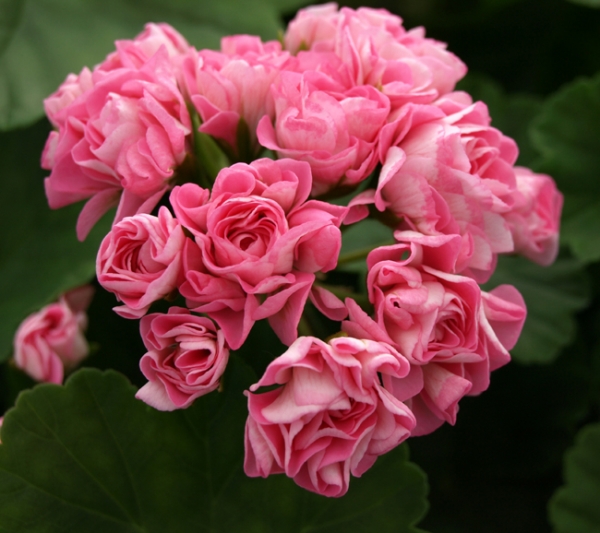
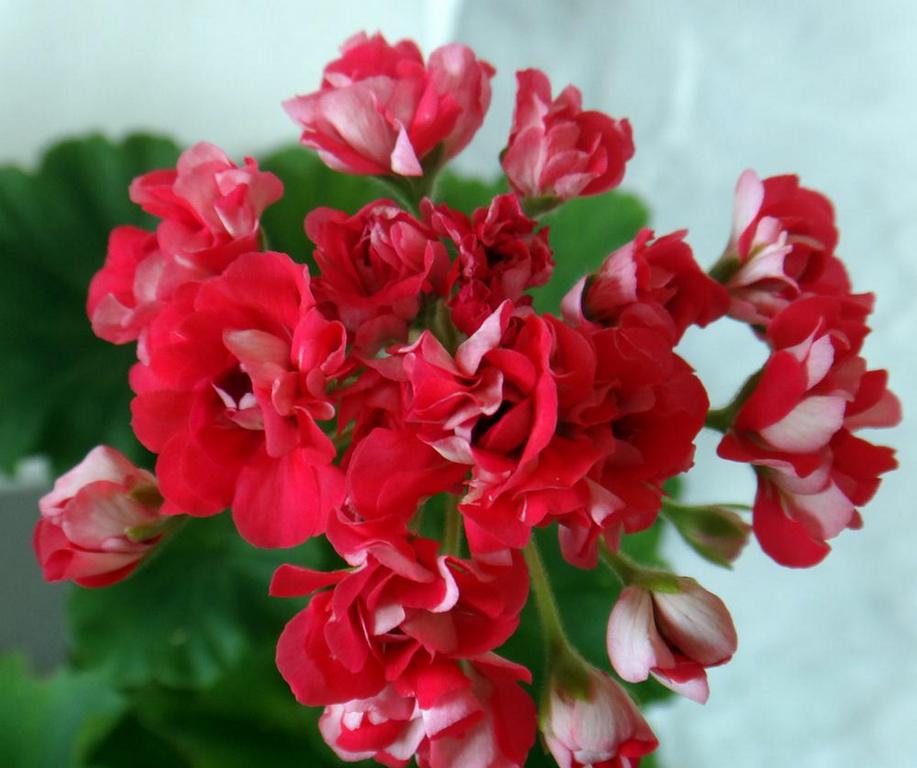
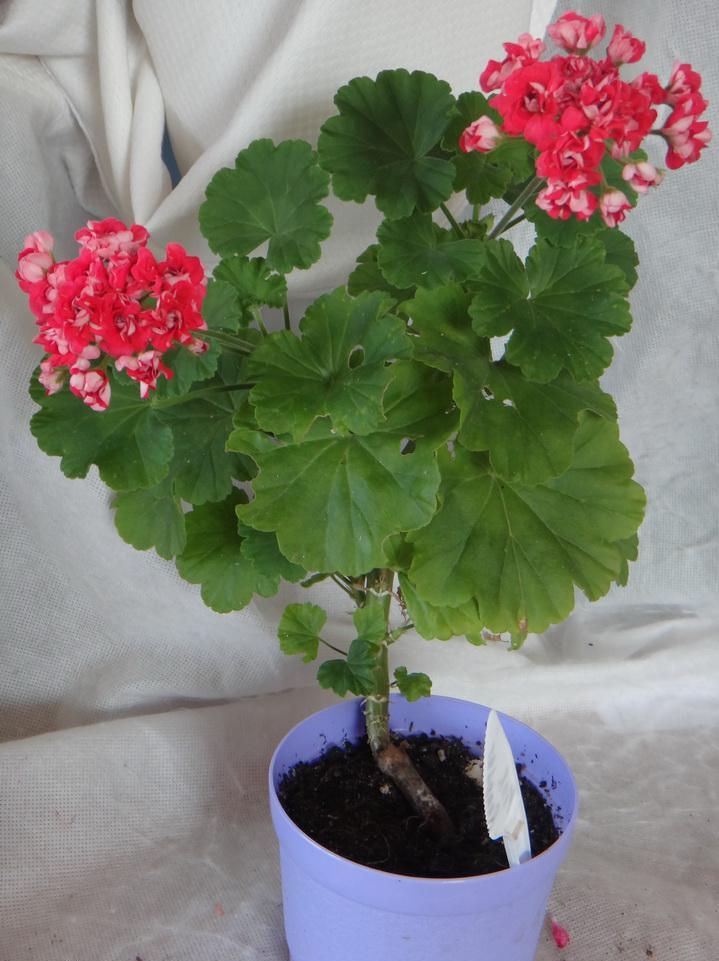
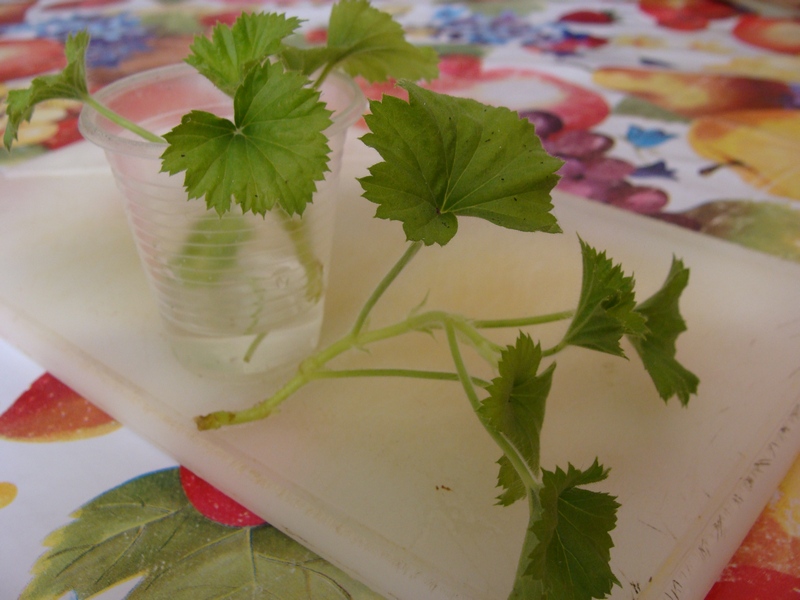
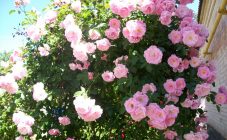
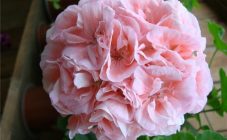
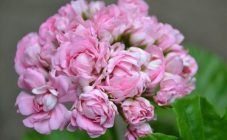
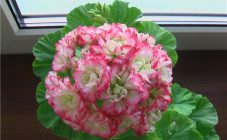
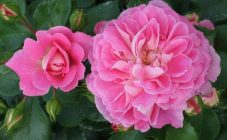
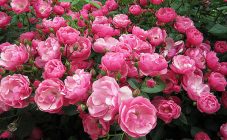







And where is the history of the creation of the variety, which is mentioned at the beginning of the article?